Tag: pediatrics

Variation in Pediatric Palliative Care Allocation Among Critically Ill Children in the United States
Palliative care consultation for critically ill children in the United States is low. Palliative care utilization is increasing but considerable variation exists across institutions, suggesting inequity in palliative care... read more
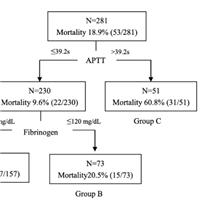
Relationship between admission coagulopathy and prognosis in children with TBI
We concluded that admission APTT > 39.2 s and fibrinogen ≤ 120 mg/dL were independently associated with mortality in children with moderate to severe TBI. Early identification and intervention of abnormal APTT and... read more
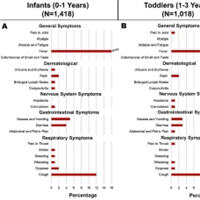
A Retrospective Cohort Study of 12,306 Pediatric COVID-19 Patients in the United States
Children and adolescents account for ~ 13% of total COVID-19 cases in the United States. However, little is known about the nature of the illness in children. The reopening of schools underlines the importance of understanding... read more
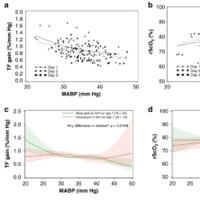
Cerebral Oxygen Saturation and Autoregulation During Hypotension in Extremely Preterm Infants
Dopamine had no effect on rScO2 compared to placebo in hypotensive infants. Hypotension and cerebral hypoxia are associated with early intraventricular hemorrhage or death. Prospective cohort study of blinded rScO2 measurements... read more
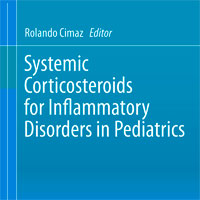
Systemic Corticosteroids for Inflammatory Disorders in Pediatrics
This comprehensive volume provides current state of the art of the use of corticosteroids in the pediatric patient. It consists of 14 chapters written by leading authors from different countries. The first chapters cover... read more

Comparison of the Efficacy and Safety of Cuffed vs. Uncuffed Endotracheal Tubes for Infants in the Intensive Care
There was no difference in the primary outcome, though percentage time spent in optimal leak range was significantly higher in cuffed uncuffed endotracheal tube (ETT) group. Cuffed ETTs reduced reintubations to optimise ETT... read more
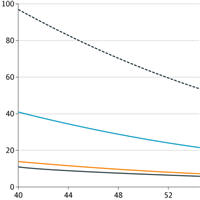
Simulated Identification of Silent COVID-19 Infections Among Children
In this simulation modeling study of a synthetic US population, in the absence of vaccine availability for children, a targeted approach to rapidly identify silent COVID-19 infections in this age group was estimated to significantly... read more

Sedation with Midazolam After Cardiac Surgery in Children with and without Down Syndrome
The majority of children with and without Down syndrome required additional sedation after cardiac surgery. This pharmacokinetic and pharmacodynamic analysis does not provide evidence for different dosing of midazolam in... read more

24-Hour Esophageal pH Measurement in Mechanically Ventilated Children
The current study shows high incidence of gastroesophageal reflux on 24-hour esophageal pH-metry in mechanically ventilated children with medical diagnoses. The significance of this finding and its impact on ventilator-associated... read more
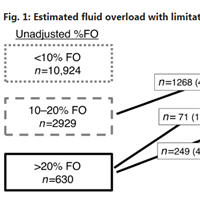
Non-resuscitation fluid in excess of hydration requirements is associated with higher mortality in critically ill children
Non-resuscitation fluid in excess of hydration requirements is associated with increased mortality in critically ill children. Excess maintenance fluid is a modifiable contributor to this fluid volume. Strategies to reduce... read more
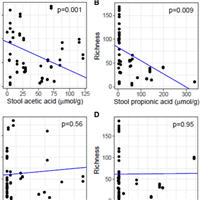
Decreased Intestinal Microbiome Diversity in Pediatric Sepsis
Intestinal dysbiosis was associated with altered short-chain fatty acid metabolites in children with sepsis, but these findings were not linked directly to mitochondrial or immunologic changes. More detailed mechanistic studies... read more

Conversion From Continuous Infusion Fentanyl to Continuous Infusion Hydromorphone in the Pediatric ICU
A median 14% fentanyl dose reduction was noted when transitioning to hydromorphone. Further exploration is needed to determine if opioid rotations with hydromorphone can reduce opioid/sedative exposure. A total of 36 children... read more
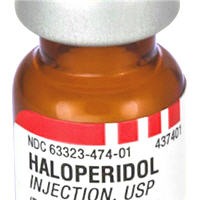
Haloperidol and Quetiapine for the Treatment of ICU-Associated Delirium in a Tertiary Pediatric ICU
In our small, single-center study, patients treated with haloperidol or quetiapine showed no short-term improvement in delirium screening scores after starting treatment when compared with untreated, propensity score-matched... read more
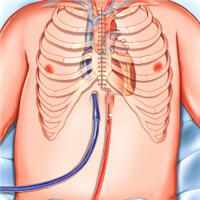
Improving Outcomes for Children Requiring ECMO Therapy Following Hematopoietic Stem Cell Transplantation
Pediatric patients posthematopoietic stem cell transplantation supported with extracorporeal membrane oxygenation have improving survival rates over time. With 26% of patients (16/62) surviving to hospital discharge in the... read more




